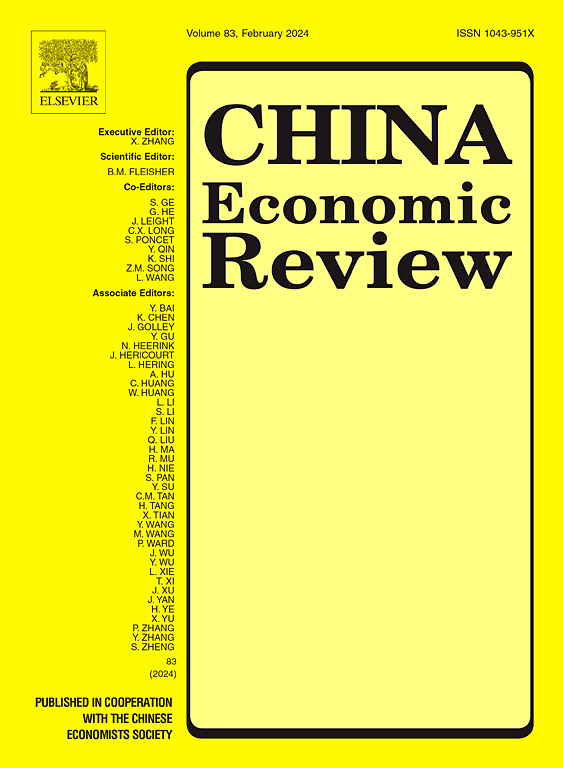高水平对外开放与企业创新韧性:来自中国“一带一路”的准自然实验证据
IF 5.5
1区 经济学
Q1 ECONOMICS
引用次数: 0
摘要
在全球化趋势逆转、技术霸权加剧的复杂情境下,企业创新弹性已经超越微观企业发展领域,上升到保障中国高水平对外开放战略安全性和主导性的制度设计层面。“一带一路”倡议作为最具代表性的高水平对外开放政策,取得了举世瞩目的成就。本文基于2009 - 2023年中国a股上市公司数据,运用差分法分析了“一带一路”倡议的影响、机制和溢出效应。研究结果表明,通过激励-机会-能力(MOA)模型,“一带一路”倡议通过激发创新动机、提供创新机会和提高创新能力,显著增强了企业的创新弹性。此外,“一带一路”倡议还有助于中国企业融入全球价值链,增强其在国内供应链中的灵活性。这种影响对国有企业、东部地区企业和国家创新试点城市的企业尤为明显。我们的研究为高水平对外开放的政策制定和相应政策下中国企业创新弹性的培养提供了重要的参考。本文章由计算机程序翻译,如有差异,请以英文原文为准。
High-level opening-up and enterprise innovation resilience: Evidence from a quasi-natural experiment of China's belt and road initiative
In the complex scenario of the reversing globalization trend and the intensifying technological hegemony, enterprise innovation resilience has transcended the realm of micro-enterprise development to the institutional design level that ensures the security and dominance of China's high-level opening-up strategy. The Belt and Road Initiative (BRI), as the most representative policy of high-level opening-up, has achieved notable milestones. Based on data from A-share listed companies in China from 2009 to 2023, we use a Difference-in-Differences (DID) approach to analyze the impact, mechanisms, and spillover effects of the BRI. The results show that the BRI significantly enhances enterprise innovation resilience by stimulating innovation motivation, providing innovation opportunities, and improving innovation capabilities, as identified through the Motivation-Opportunity-Ability (MOA) model. Additionally, the BRI facilitates Chinese firms' integration into global value chains and enhances their flexibility within domestic supply chains. The impact is particularly pronounced for State-Owned Enterprises (SOEs), firms in eastern regions, and those in national innovation pilot cities. Our research provides crucial insights for policy-making concerning high-level opening-up and the cultivation of the innovative resilience of Chinese enterprises under the corresponding policies.
求助全文
通过发布文献求助,成功后即可免费获取论文全文。
去求助
来源期刊

中国经济评论
ECONOMICS-
CiteScore
10.60
自引率
4.40%
发文量
380
期刊介绍:
The China Economic Review publishes original works of scholarship which add to the knowledge of the economy of China and to economies as a discipline. We seek, in particular, papers dealing with policy, performance and institutional change. Empirical papers normally use a formal model, a data set, and standard statistical techniques. Submissions are subjected to double-blind peer review.
 求助内容:
求助内容: 应助结果提醒方式:
应助结果提醒方式:


